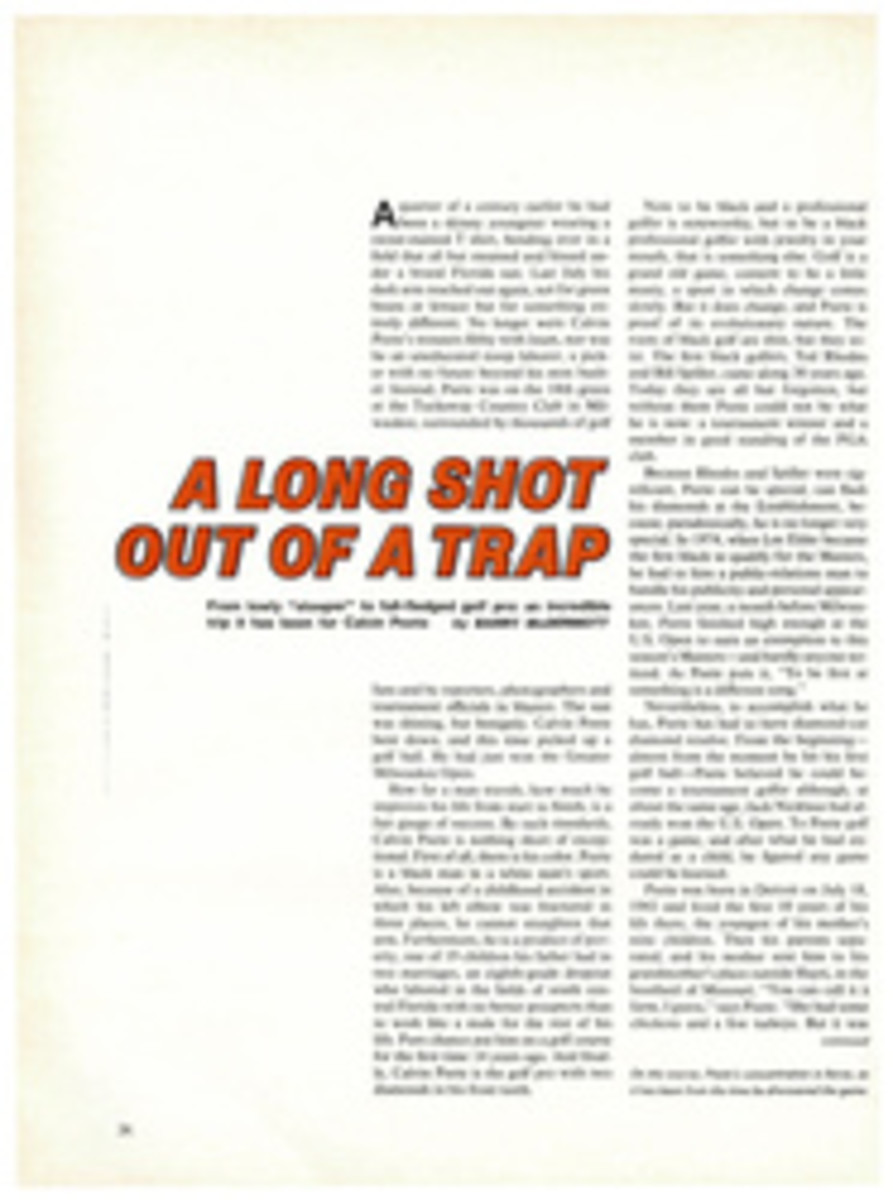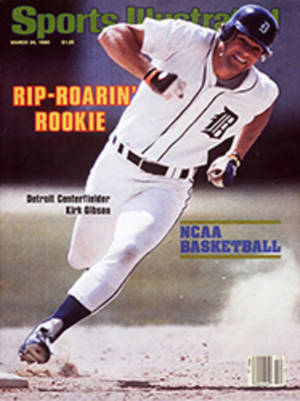
LETTER FROM THE PUBLISHER
The principal article in this issue is a somber consideration by Robert H. Boyle of the short, tormented life and untimely death of boxer Willie Classen (page 62). It was of course our intention in writing of Classen to identify the points of failure in a system that supposedly protects our boxers, and there is a terrible irony in having to record in the same issue the loss in a plane crash, in Warsaw (page 7), of so many of the young men who would have benefited by any reforms in the administration of the sport.
The paintings that accompany the Classen piece were assigned by Art Director Richard Gangel to Marshall Arisman, an artist and illustrator who has done work for The New York Times, Playboy, The Nation, Harper's and Esquire, but has not appeared in Sports Illustrated before. "I selected him," Gangel says, "because he has a very powerful, emotional visual point of view. He is somehow fascinated with depicting scenes that are not particularly pretty, that are charged with a sense of the macabre."
Arisman, a 41-year-old New Yorker, elucidates what sounds like a real downer of a preoccupation with such cheerful vigor that you feel that if his intention is therapeutic, it works.
"Basically, I suppose that what I'm dealing with is a combination of the violence man perpetrates upon the environment and that man perpetrates upon man," Arisman says. "This began for me in the late '60s, when there was such a proliferation of violence. There was just such a media barrage of violence, and I think a lot of us began to blank out on it. When I realized that I was getting numb to it, that is when I began to approach it consciously. My book Frozen Images came out in 1973. The theme was the violence to our environment and to ourselves.
"I work in an artistic style that is not considered realistic. The attempt is to catch the sense of the moment and interpret the mood of a tragedy. The Classen piece is a tragedy of a man caught in a variety of circumstances. A writer has many words to describe it, but my problem in making pictures is not simply duplicating the moment but trying to get the emotion and tone of what the article is speaking about. I felt the tragedy was much wider than the boxing ring, so, though I worked from photographs, I wasn't trying to do portraits, but to achieve the sense of what really happened. To this end, I distorted figures or made them up. There is inherent in their presences a certain sense of styling."
Arisman, who was born in Jamestown, N.Y., was never in any doubt about what his life's work would be. "It was just a question of how to get there," he says. He decided to go by way of Pratt Institute in Brooklyn, where he received his B.F.A. in 1960, and may be considered to have arrived, being now co-chairman of the Media Arts Department at The School of Visual Arts in New York City and having had his first show last year at that city's Sindin Gallery. He bears up under the continuing media barrage of violence with the support of his brushes, his wife and his cat.
PHOTO
ARISMAN AT WORK ON AN ALBUM COVER

